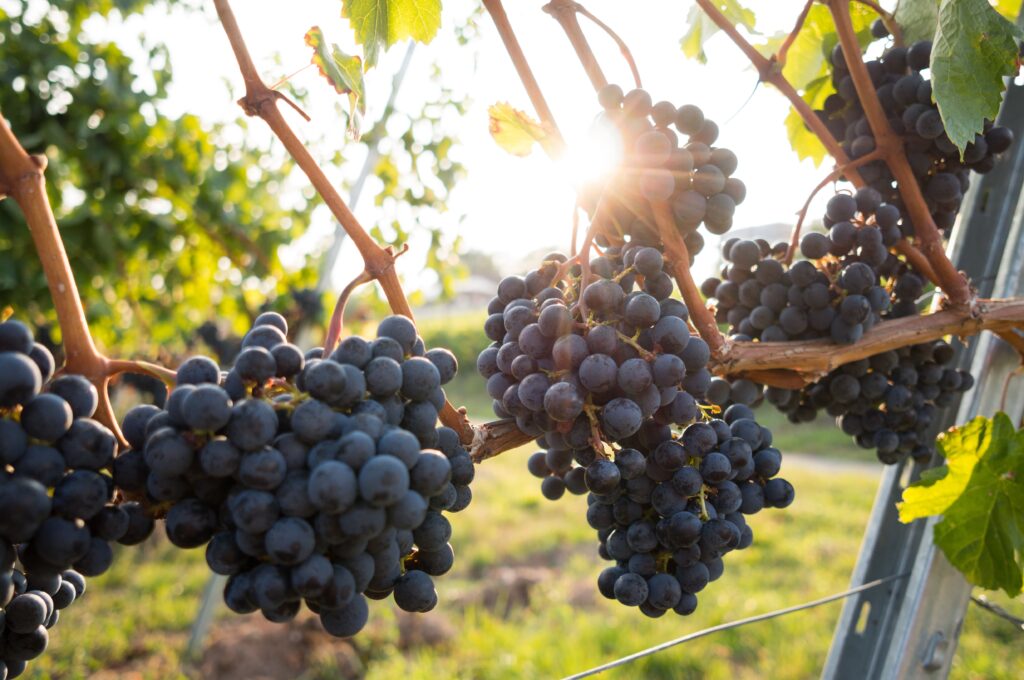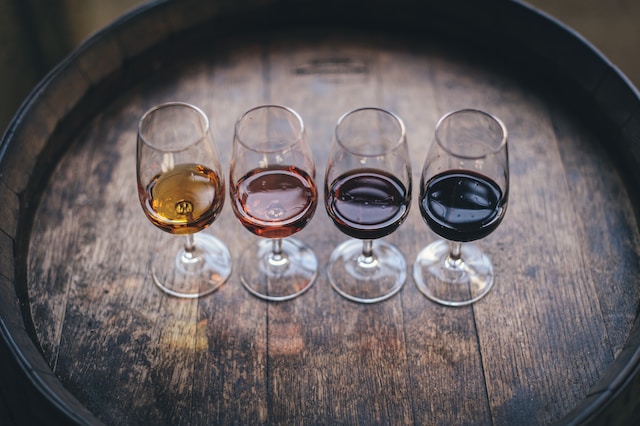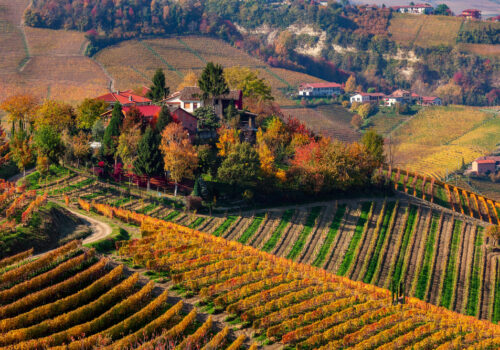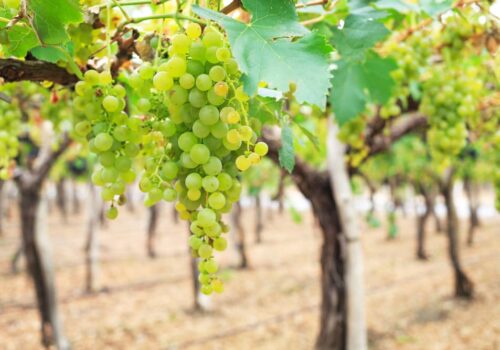Grape-growing techniques and their influence on wine taste
The evidence confirming the origin of wine dates back to the 4th millennium BC. Over such a period of time, the experience of many generations of winegrowers has been obtained, and the peculiarities of grape growing have been studied. As professional winemakers say: “the quality of the drink is created in the vineyard by 85%.”

Climate and soil
In France there is a concept “terroir”, derived from the word terra, i.e. earth. It symbolizes the subtle earthy flavor nuances that make a wine unique. The terroir of the drink is made up of the climate, the plants growing nearby, the type of soil and the topography.
The features of the climate which influence the taste of the wine are:
- Temperature;
- Amount of sunshine;
- humidity.
In an area with a hot climate, the grapes mature faster and have a lot of sugar, which is good for the taste of the wine. Although too high temperatures reduce yields due to drought, berries under scorching rays dry out. Lower temperatures result in slower ripening, which is reflected in the brew, making it richer and richer in flavor. Moderate climates are considered the most favorable for wine production.
In conditions of low humidity berries dry out, too high humidity causes diseases, makes grapes watery.
Full-fledged conditions for growing grapes are only possible in a place “under the sun”. The shorter the sunny day, the higher the sleepers on which grapes are grown. The sun gives the right sweetness, richness, and flavor to the variety.
Each type of soil affects the finished wine in its own way. The fatness of the soil determines the density of the planting, this is related to the amount of nitrogen that is considered. Each variety of good wine belongs to a different region for the most part because of the characteristics of the soil.
Grape growing techniques
The secrets of growing grapes are not only in the peculiarities of the region, the human factor plays not the least role. For the taste qualities of the drink to meet the highest standards, it is necessary to ensure competent care, which includes:
- grafting of grapevines;
- pruning;
- treatment and protection against diseases and pests.
In order to ensure good immunity of plants, to increase survival rate, vines of valuable varieties are grafted on a stronger technical variety. The plant acquires the properties of grafting and rootstock. The root system of such a plant will not freeze, will wake up earlier from hibernation, which means that useful substances will start to enter the ground part of the vine earlier, and ripening of berries will come earlier.
Timely pruning of vines and their formation (training) are the most important steps in winemaking. The essence of operations is the removal of unnecessary parts of the plant, the difference lies in the application of the methodology at different stages of vine development. Training takes place in the first years of life, and is done frequently. Then comes the annual pruning. Shaping at a young age gives a strong woody trunk, the correct position of the root net, the crown is spread out to the sides, fixed so that the leaves of the plant receive the necessary amount of sun, without interfering with the neighbors.
Annual pruning is necessary to reduce the amount of harvest. Does that sound strange? It’s easy to explain: the more fruits, the worse and weaker the taste of the finished product. To get concentrated berries of a high quality variety you need to take the pruning technique seriously.
Grapes are delicious, juicy, sweet berries that attract many pests. They can ruin the harvest, and diseases weaken the plant, which affects the ripening time, taste. Some ailments are capable of “cutting out” an entire vineyard.
Wine production depending on grape growing technique
The huge number of varieties of wine is not only due to climatic features of the area and types of soil. Winemakers use different techniques, each of which makes the taste of the drink unique.

Types of wines, depending on the technique of growing the grapes:
- Wines made from vines grown with organic cultivation;
- Wines from vines grown with traditional techniques;
- Wines from vines grown with the latest techniques.
Advocates of organic wine advocate for organic vines. Organic wine production has become quite popular, and the motto of grape growers is naturalness and purity of the drink. Only organic fertilizers are used in the vineyard, and no harmful chemical protectants are used. Organic wines, whose raw materials are rich in minerals, are said to have a bright flavor and aroma.
Traditional techniques, providing all the features of growing grapes, give more confidence in obtaining a rich harvest and compliance with the taste of the drink variety.
As mechanisms have evolved, the conditions for growing grapes have changed. Advanced grape growers use innovative, intelligent machines to fine-tune wine production to automatism. Smart vineyards can control any parameters: humidity, watering frequency, weather, etc. Precise sensors monitor the health of the grapes around the clock. This approach ensures consistency of flavor and aroma, which become less dependent on the mood of nature.
Conclusion
The secrets of growing grapes are there for every grape grower. There is a lot of debate about which growing technique is the best. Adherents of know-how advocate full automation, lovers of HVA give preference to organic wines, connoisseurs of traditional growing methods will prefer the usual technique. Wine production is a delicate business, the taste is influenced by different factors from the first days of vine sprout development. Every winegrower and winemaker has a difficult task – to get a quality result of labor, thus increasing competitiveness.




